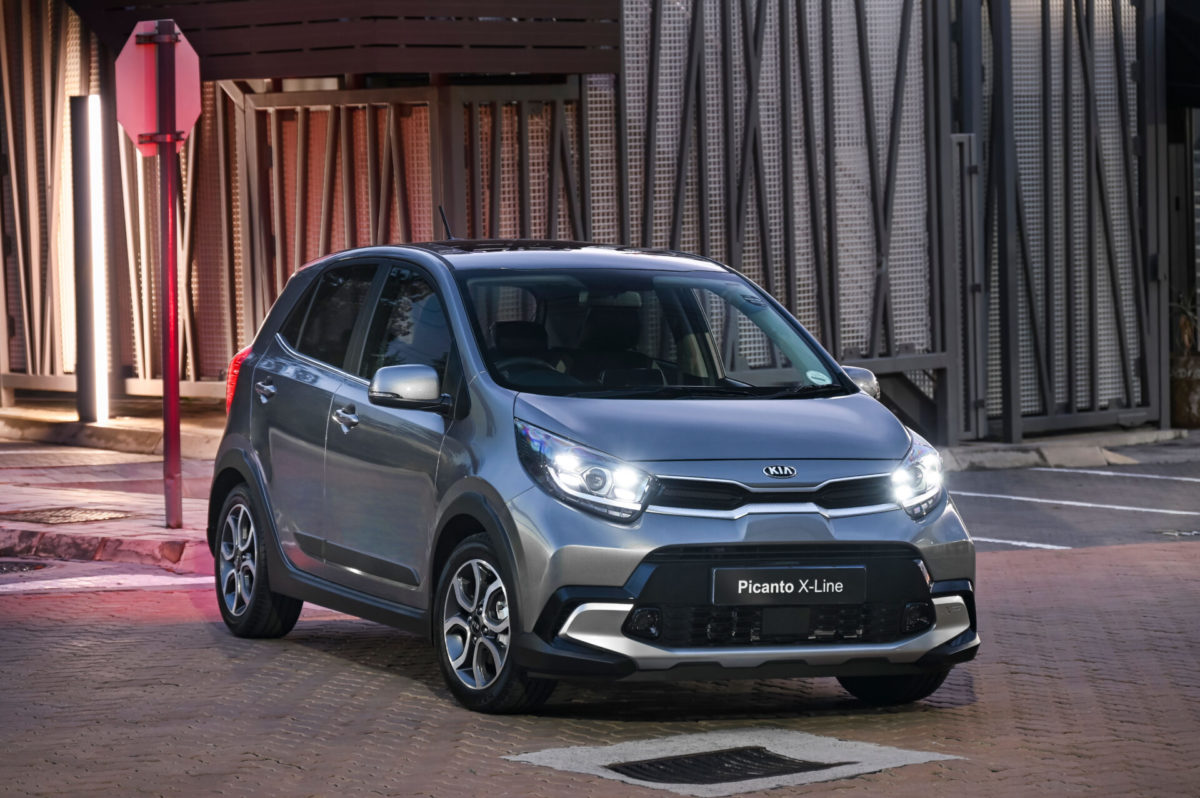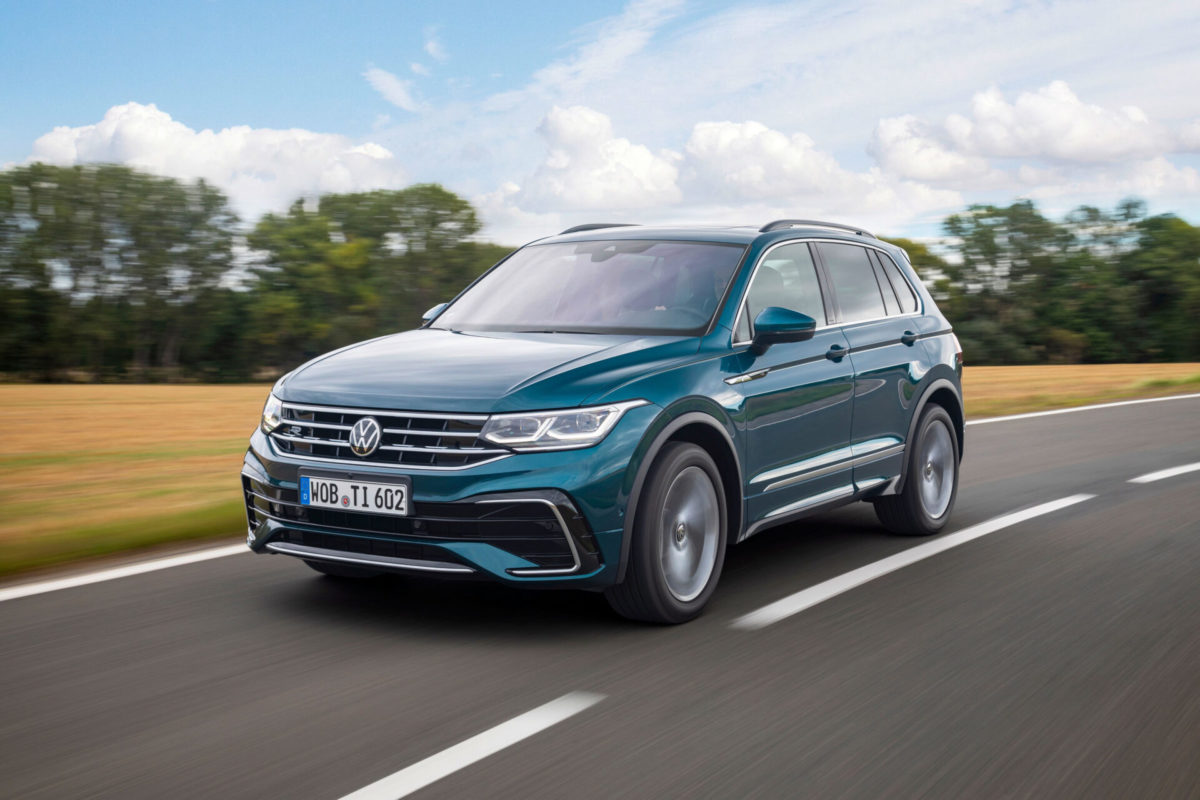New on the Tarmac: Meet the new Kia Picanto X-Line
Just three years after its initial invitation to South Africa to Get In, the Kia Picanto has undergone a subtle mid-life refresh as the brand embarks on an exciting journey to the future.
Just three years after its initial invitation to South Africa to Get In, the Kia Picanto has undergone a subtle mid-life refresh as the brand embarks on an exciting journey to the future. Extending the invitation to now also Go There, Kia South Africa also introduces the all-new Picanto X-Line with modern and distinctive crossover styling.
“The Picanto is a mainstay in the Kia product-line up and has for many years been recognised by industry experts and members of the press alike as one of the best cars you can buy in the entry-level A-segment,” says Stephen Crosse, Sales Director, Kia South Africa. “The introduction of the new X-Line derivative sees Picanto gain an adventurous spirit perfect for those who believe in seizing the day and sharing experiences beyond their daily lives. It’s the perfect car for here, there and anywhere.”
The new Picanto X-Line features a series of bespoke design details that make it stand out from its siblings. At the front, a redesigned radiator grille – a new interpretation of Kia’s well-known ‘tiger nose’ – and aggressive front bumper gives the X-Line a sporty stance, perfectly augmented by its eye-catching LED headlights.
At the rear, a bespoke and completely redesigned rear bumper completes the picture, with faux skid-plate detailing and full LED rear lights ensuring it looks the part from all angles. Crossover-inspired cladding, mud guards and 15-inch alloy wheels gives X-Line a true ‘Go There’ stance.
Customers have a choice of 10 exterior colours, including a new shade of Astro Grey. An optional sunroof is available on special order.
Model Price incl. VAT
| Picanto 1.0 Manual START | R187 995 |
| Picanto 1.0 Automatic START | R201 995 |
| Picanto 1.0 Manual STREET | R201 995 |
| Picanto 1.0 Automatic STREET | R215 995 |
| Picanto 1.0 Manual STREET | R211 995 |
| Picanto 1.0 Automatic STYLE | R225 995 |
| Picanto 1.2 Manual STYLE | R210 995 |
| Picanto 1.2 Automatic STYLE | R224 995 |
| Picanto 1.2 Manual STYLE | R220 995 |
| Picanto 1.2 Automatic STYLE | R234 995 |
| Picanto 1.2 Manual X-Line | R237 995 |
| Picanto 1.2 Automatic X-Line | R251 995 |
| Picanto 1.0 Manual Runner | R207 995 |
All Picanto models ship as standard with KIA’s industry-leading Unlimited Kilometre, 5-year warranty (inclusive of Roadside Assistance), as well as a prepaid 2-year / 30,000km service plan. The 2021 KIA Picanto range is on sale immediately.





